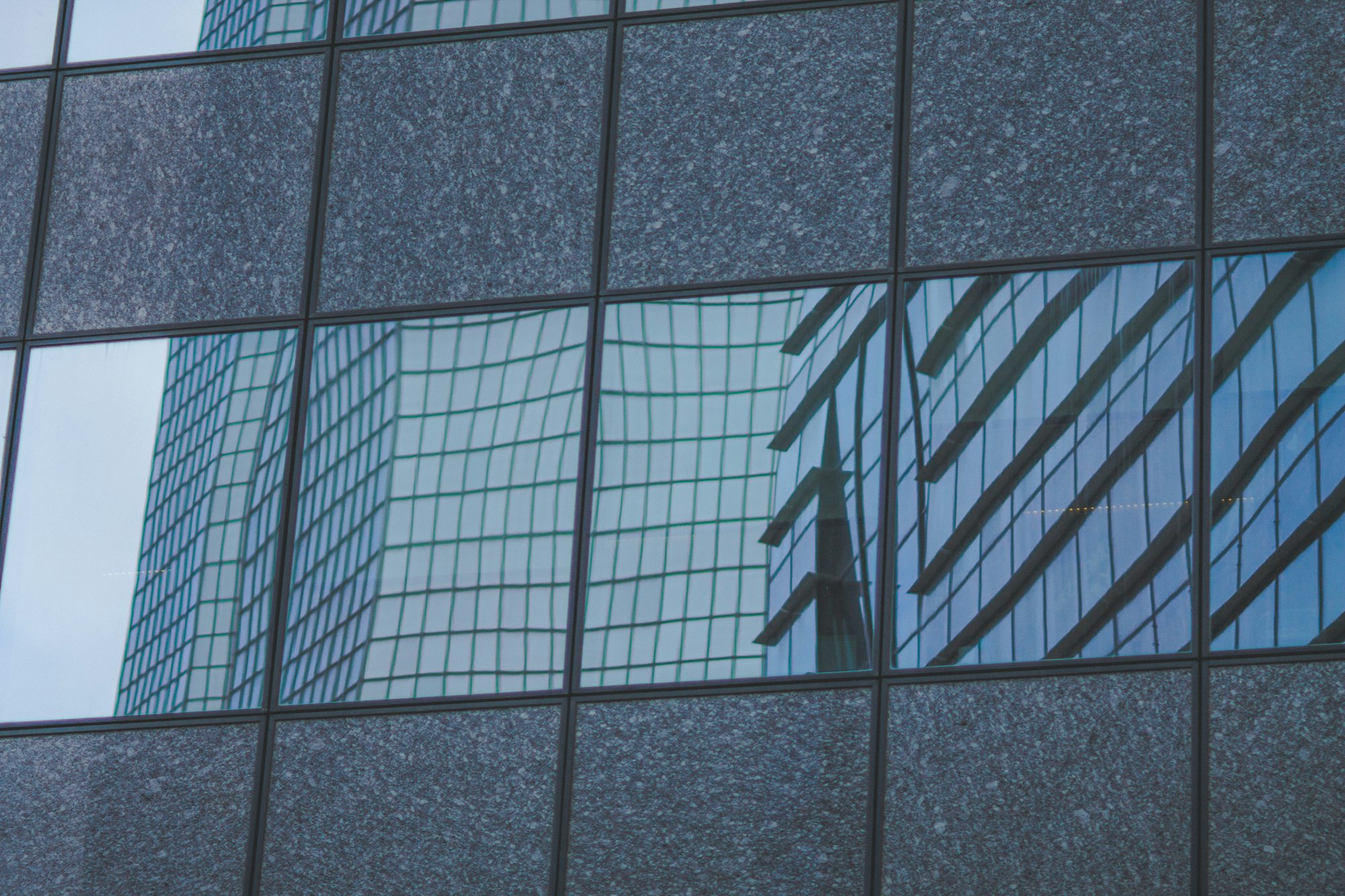
Skyward Ambitions: The Evolution of Skyscraper Design
This article explores the evolution of skyscraper design, highlighting innovative architectural trends and their impact on urban living.Historically, skyscrapers began as practical solutions to urban density, allowing cities to accommodate more people and businesses within a smaller footprint. The first skyscrapers emerged in the late 19th century, characterized by their steel frameworks and the use of elevators. Structures like the Home Insurance Building in Chicago, completed in 1885, marked the dawn of a new architectural era. As technology advanced, so too did the height and complexity of these buildings. The 20th century saw the construction of iconic skyscrapers such as the Empire State Building and the Chrysler Building, which not only served practical purposes but also became symbols of their cities' identities.
In recent years, the focus of skyscraper design has shifted towards sustainability and environmental responsibility. With increasing awareness of climate change, architects and developers are incorporating green technologies and materials into their designs. Modern skyscrapers often feature energy-efficient systems, such as LED lighting, advanced heating and cooling technologies, and renewable energy sources like solar panels. For instance, the Bosco Verticale in Milan stands as a testament to this shift, boasting a lush vertical forest that enhances air quality while providing a unique aesthetic.
Sustainable skyscrapers are designed with the future in mind, not just in terms of energy consumption but also in their overall impact on urban ecosystems. Incorporating green roofs and living walls, these structures contribute to biodiversity in cities. By creating habitats for birds and insects, they help restore the balance of urban environments. Furthermore, such designs promote the well-being of residents, as studies have shown that access to nature can improve mental health and overall quality of life.
Technology continues to play a crucial role in the evolution of skyscraper design. The integration of smart building technologies allows for real-time monitoring and control of various systems within the structure. For example, smart sensors can optimize energy use by adjusting lighting and heating based on occupancy and natural light levels. This not only reduces energy costs but also enhances comfort for occupants. Furthermore, the use of advanced construction techniques, such as modular construction, enables faster and more efficient building processes, making it possible to erect skyscrapers in less time and with fewer resources.
The rise of digital connectivity has also transformed skyscraper design. As remote work and digital nomadism become increasingly popular, buildings that offer high-speed internet and flexible workspaces are in high demand. Many modern skyscrapers now include co-working spaces, meeting rooms, and other amenities designed to accommodate a mobile workforce. This shift reflects a broader trend towards creating multifunctional environments where people can live, work, and socialize all within the same space.
Community integration is another vital aspect of contemporary skyscraper design. Architects and urban planners are increasingly focused on creating spaces that foster social interaction and a sense of belonging among residents. Mixed-use developments, which combine residential, commercial, and recreational spaces, are gaining popularity. These designs create vibrant communities that promote engagement and connectivity. For example, the Hudson Yards project in New York City exemplifies this trend, featuring a blend of apartments, offices, shops, and public parks that encourage residents and visitors to come together.
Public spaces within skyscrapers are becoming more important than ever. Rooftop gardens, observation decks, and communal lounges are designed to enhance the user experience, offering opportunities for relaxation and socialization. These spaces not only improve the overall aesthetic of the building but also contribute to a sense of community and connection among residents. As urban living can sometimes lead to feelings of isolation, creating inclusive spaces within skyscrapers helps foster relationships and enhances the quality of life.
Safety and security remain paramount in the design of modern skyscrapers. With advancements in technology, buildings are now equipped with sophisticated security systems, including facial recognition and advanced surveillance. These technologies provide residents with peace of mind while ensuring a welcoming atmosphere. Furthermore, innovations in fire safety and evacuation systems are crucial for maintaining occupant safety during emergencies.
The aesthetic appeal of skyscrapers is also evolving. Architects are experimenting with bold designs, incorporating unique shapes and materials that challenge traditional notions of what a skyscraper should look like. Iconic buildings like the Shanghai Tower and the Burj Khalifa showcase innovative architectural forms that captivate the imagination. These striking designs not only stand out but also contribute to the cultural identity of their cities, attracting tourism and fostering civic pride.
Looking ahead, the challenges of urban living will continue to shape skyscraper design. As populations grow and land becomes scarcer, the demand for innovative solutions will only increase. The skyscrapers of the future must not only provide housing and office space but also foster a sense of community, prioritize sustainability, and leverage technology to enhance the urban experience.
In conclusion, the evolution of skyscraper design reflects the changing needs and aspirations of urban populations. By prioritizing sustainability, technological advancements, and community integration, architects are creating buildings that enhance the quality of life for residents and contribute to the vibrancy of urban environments. As we move forward, the possibilities for skyscraper design are vast, promising a new era of urban architecture that is both functional and inspiring. The skyscrapers of tomorrow will not only redefine skylines but also transform the way we live and interact within our cities.